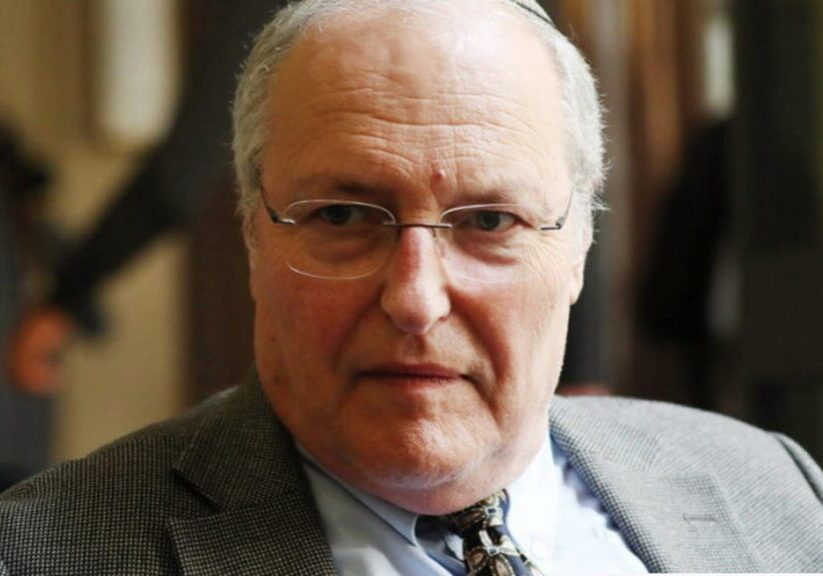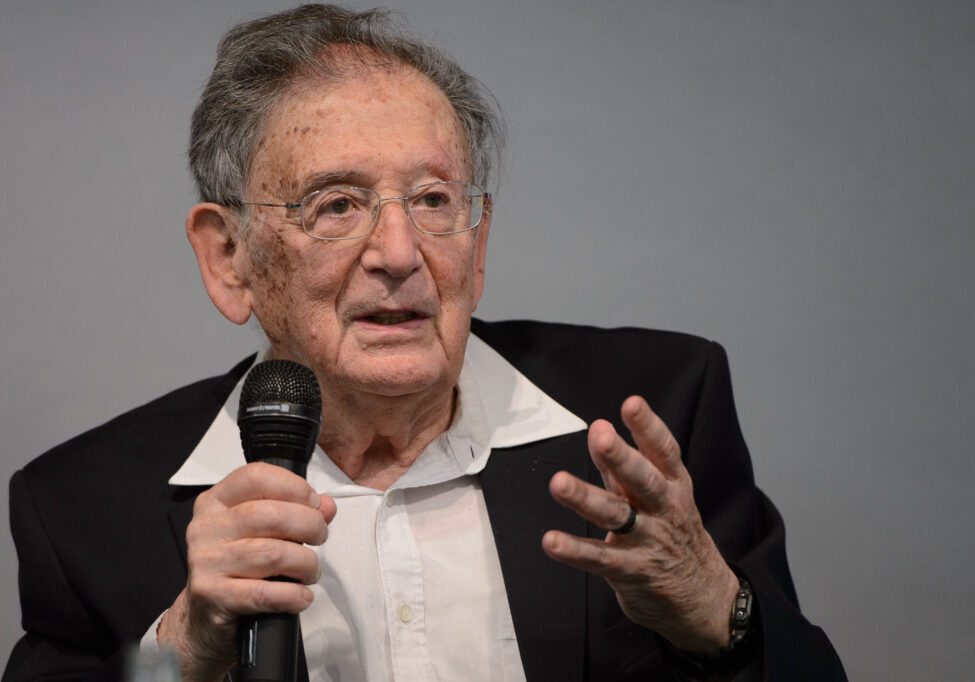Australia/Israel Review
Biblio File: Of Memory and Memorials
Aug 10, 2017 | Liel Leibovitz

Liel Leibovitz
Hell’s Traces: One Murder, Two Families, Thirty-Five Holocaust Memorials
by Victor Ripp, Farrar, Straus and Giroux, 2017, 224 pp., US$25.00
Some great books, like some sublime human experiences, defy description. How would you speak of making love, say, or of lying on the grass in the spring, watching the sky with heavy eyes? There’s no good approach, really: You could try being a pedant and risk robbing the moment of its charms, or you could turn to metaphor and risk draining it of specificity. The same is true of our darkest hours; they, too, pull on us precisely because they lie in the shadows, just outside the reach of our language.
Victor Ripp understands this well. His book, Hell’s Traces, published earlier this year, is a travelogue to places that no longer exist and can never be known, to the epitome of the indescribable – the Holocaust. One branch of his family, the Kahans, fled Europe in time; another, the Ripps, wasn’t so lucky. His cousin Alexander, a toddler, was snatched from his Paris apartment and dispatched to his death at Auschwitz. Why did some relatives survive while others perished? And what are we, born in the aftermath of the catastrophe, to do with the burden of their memory?
To answer it – or at least try – he sets out to visit 35 Holocaust memorials, everywhere from New Jersey to Grodno, Belarus. The view we get of these constructions will ring true to anyone who has ever solemnly stood in front of one and realised it failed to stir the soul. Ripp is an able analyst of the intellectual conceits behind each monument – some subtle and symbolic, others more blunt – but he’s even better at looking around each memorial and sensing the invisible forces that shape it. In New Jersey, for example, the memorial he visits features a statue of an American soldier rescuing a camp survivor; if you’ve missed the moral of the story somehow, you need only to look up at the Statue of Liberty gleaming in the distance to realise that the memorial wasn’t so much about the victims but about their heroic redeemers. The Soviets, naturally, used their monuments to tell different stories, as did governments across Europe since Communism’s fall.
Ripp is as aware of these shifting prejudices as he is of the more mundane forces acting on his memorials, like the sheer boredom of locals for whom the monument is just another pile of rocks to hurry past on their way to work. And his intricate telling inevitably leads to the same general conclusion: The memorials must fail to live up to their task because their task – filling a void left by the sudden disappearance of millions of human beings – was impossible to begin with.
But the book is far from an abstract existentialist meditation. It’s a search for the fate of very real people, family members both saved and perished. Ripp is meticulous in his pursuit, using each memorial he visits as a launching pad to an investigation – often aided by local historians – into his relatives’ lives. It is here that Ripp’s real gift, an intricate talent for empathy, shines through. Having reconstructed the past from historical records, family recollections and other conventional research tools, he sets out to feel his way into their stories. Learning, for example, which movies would have played in the theatre down the block from his grandfather and grandmother’s house in Grodno, he puts himself there with them in the dark, imagining them nodding in agreement to The Forged Coupon, a movie based on a Tolstoy novella skewering Russian hypocrisy.
These small exercises in empathy lead to larger, more intricate ones. Why did one part of the family sense the danger in time and the other not? The answer isn’t a thesis but a set of disparate clues, all of them emotional and none of them necessarily adding up to a coherent argument. Ripp, reserved and never presumptuous, tries to recapture the turmoil of their inner dramas. And to anchor him in this stormy sea of sensibilities, he returns to his memorials, stony expressions of fractured, tortured realities and of personal stories that make no sense.
Liel Leibovitz is a senior writer for Tablet Magazine. This article is reprinted from Tablet Magazine, at tabletmag.com, the online magazine of Jewish news, ideas, and culture. © Tablet Magazine, reprinted by permission, all rights reserved.
Tags: Holocaust/ War Crimes






